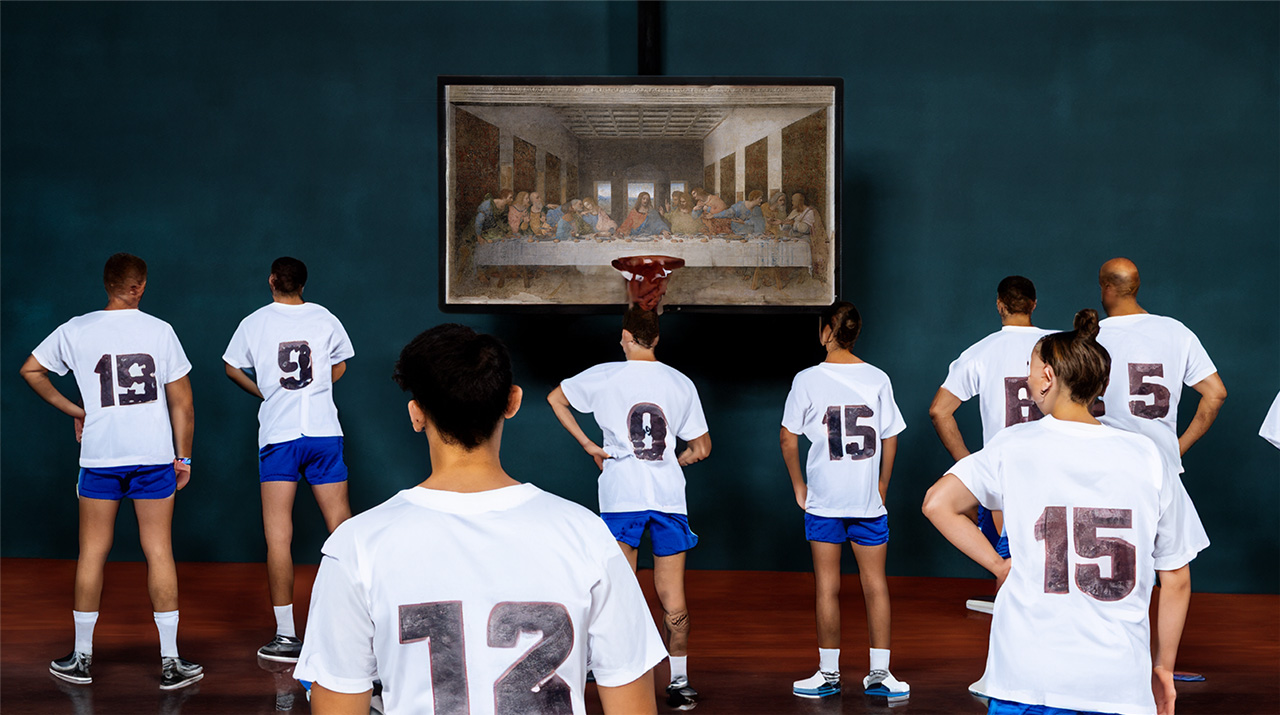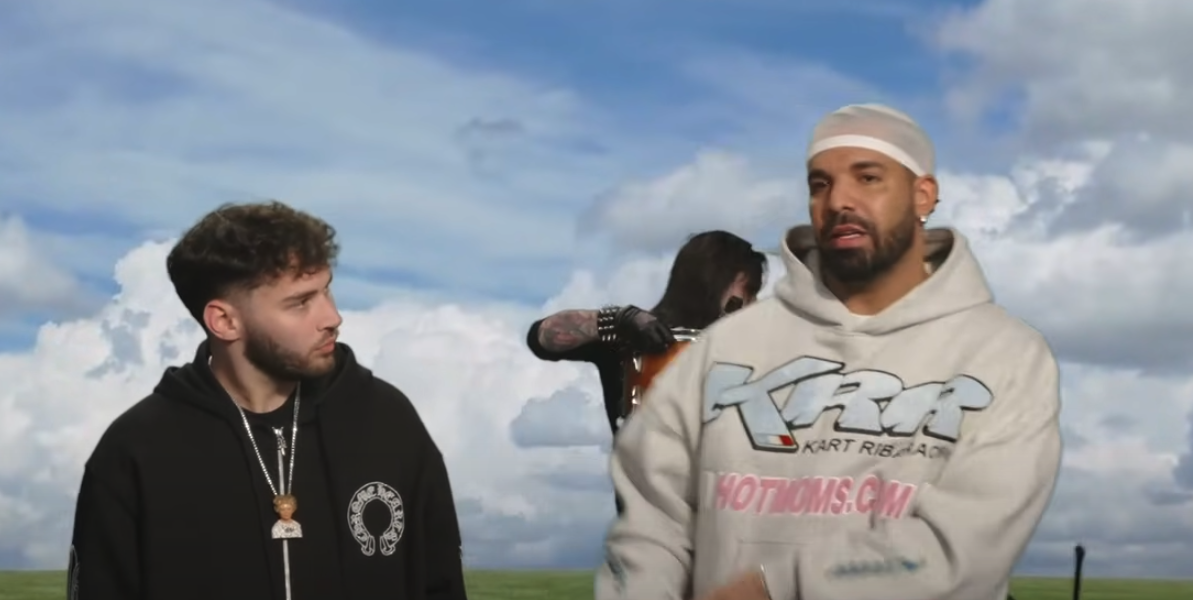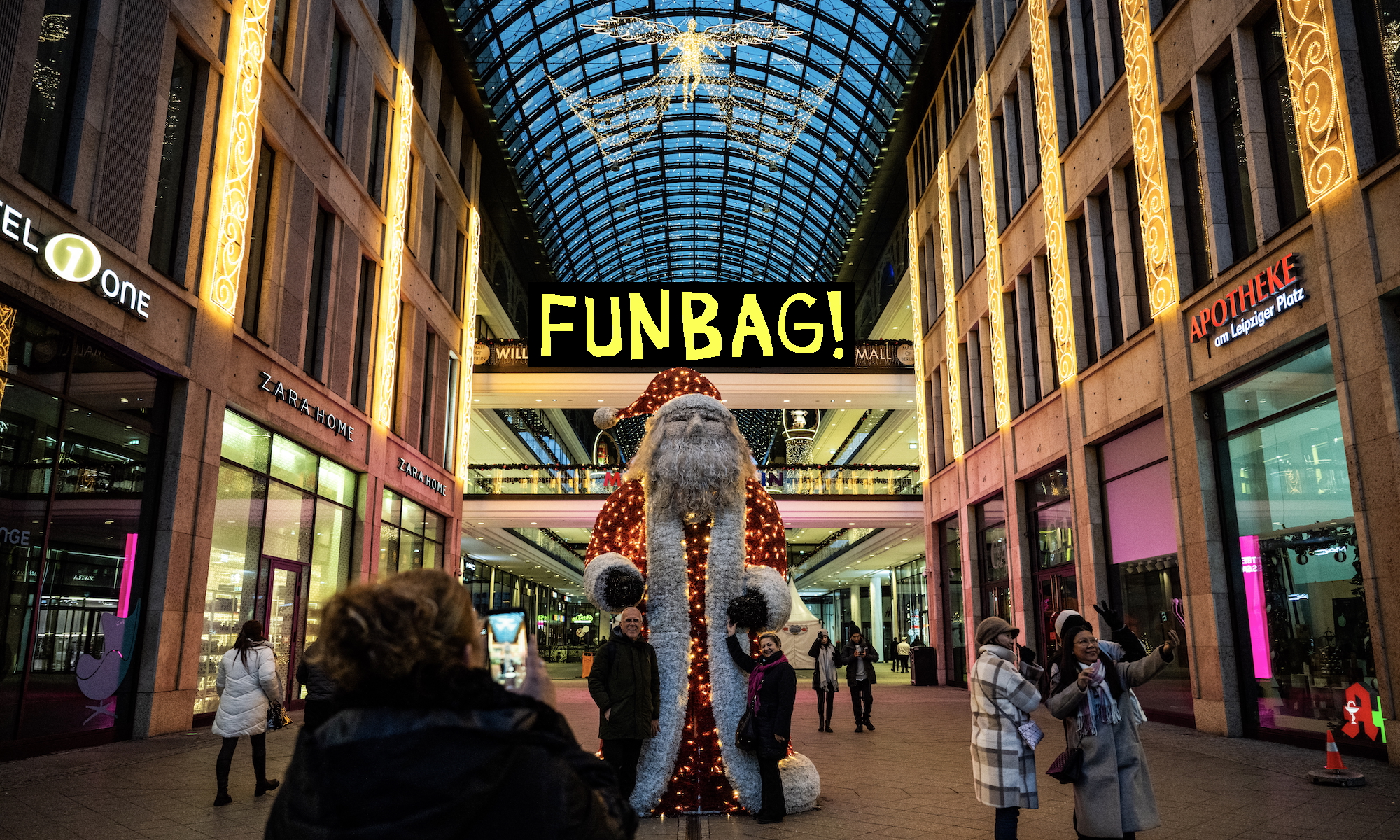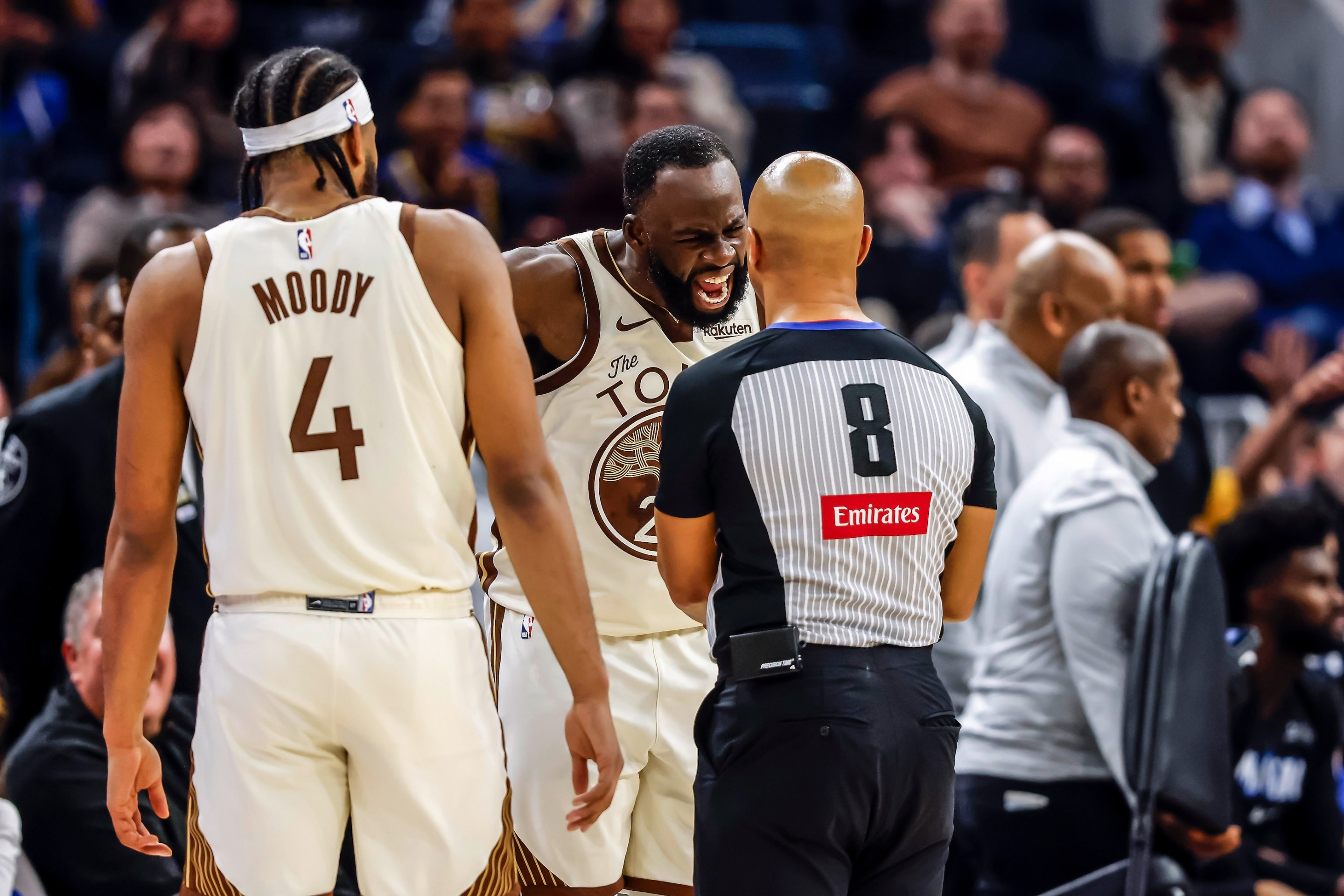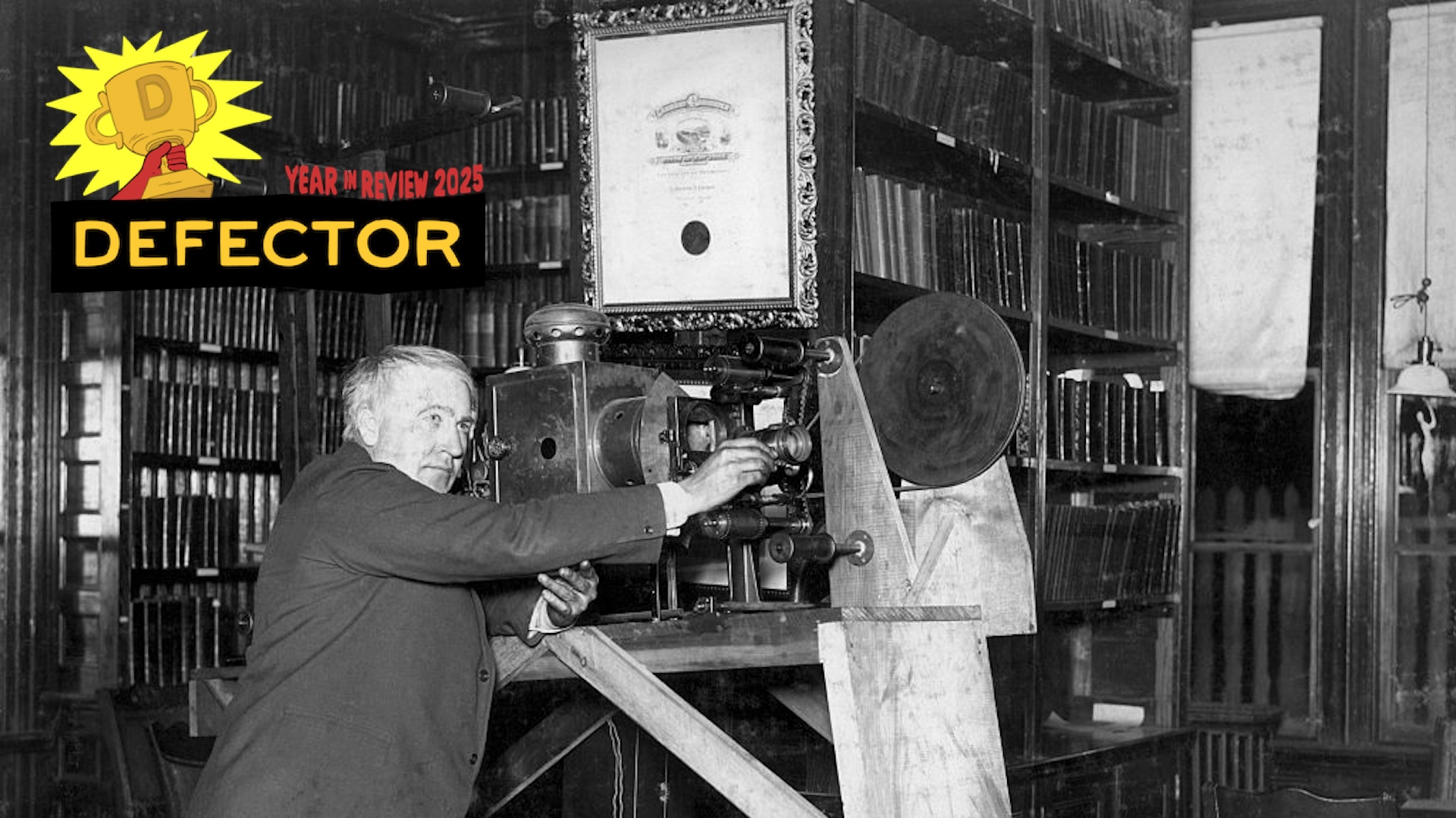Leonardo da Vinci’s The Last Supper is a mural that has dazzled viewers through the centuries. The late 1490s work, on a refectory wall in the convent of Santa Maria delle Grazie in Milan, shows the time Jesus hosted a dinner party and told his guests one of them would get him killed. You’d think this is a weird thing to say after inviting guests over, but also Jesus turned out to be right. Judas narced on the literal son of God, and Jesus died. At which point some other notable stuff happened, but that’s a bigger thing. It is easy to see how Christianity became the world’s largest religion with a badass origin story like this.
Though the story is a classic and da Vinci's mural a wonderful work of art, viewers have also wondered throughout the years if it couldn’t be better. Instead of the 12 apostles reacting in shock to Jesus predicting his eventual death, for instance, what if there were more? What if Jesus had 15, 18, or even 24 apostles reacting to his tale of jealousy and betrayal? Why couldn't an artist improve upon da Vinci’s masterpiece?
An artist could easily explain to you how and why that is a stupid question to ask, but thankfully our humble tech overlords have stepped up to answer it. Recently a verified Twitter user named “Kody Young / 💬 Your AI Interpreter” posted a thread about Adobe Photoshop’s new Generative Fill feature. In it, he realized the fulfillment of many a fantasy over the years: What if famous artworks... were bigger?
1. Ever wonder what the rest of the Mona Lisa looks like?
— Kody Young / 💬 Your AI Interpreter (@heykody) May 26, 2023
Got @Adobe Firefly to help fill out the background for me with the power of AI
Here's what the backgrounds of the most famous paintings in the world look like with AI: pic.twitter.com/2nkqESLrE9
Plenty of people are making fun of this on Twitter, right to this guy’s (virtual) face. Poor Kody! I actually think the stuff he created is pretty funny on its face. Why is Mona Lisa emerging from a shapeless void? Also where are her legs? If this were simply presented a different way—“I fucked around with a new Photoshop feature and created these silly pictures”—I think it’d be a fine thread. The man who also tweeted “Generative fill is truly MAGIC” did not take that angle, and so he’s being mocked.
I will give him some credit, though. Whatever else could be said about his posts or his vision, Kody made me realize I could increase the number of apostles at The Last Supper. When I have tried to fuck around with generative art products before, I have never gotten a good result. On social media I see people creating perfectly lookalike oil paintings of Pregnant Jay Leno in a rowboat or videos of Dick Butkus, in character as Coach Katowinski on Hang Time, selling reverse mortgages. I have only been able to generate featureless blobs with any type of AI art website, no matter how cleverly I try to prompt it to turn Jerry Seinfeld’s apartment into Pee Wee’s Playhouse.
But I do not trust these AI algorithm companies I have never heard of before. I trust Adobe about as far as I can throw the old Gateway 2000 PC where I installed my first pirated copy of Photoshop. Still: I’ve been going to the gym pretty consistently, so that’s probably pretty far. Surely the company that I now legally pay in exchange for a copy of their useful program will not do me wrong. So after seeing Kody’s thread, I decided to use generative art to achieve the dream of seeing “the rest” of The Last Supper.
It did not start off well.
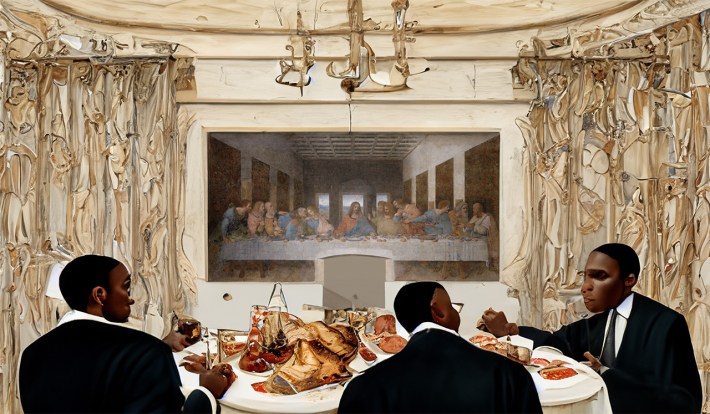
I have no idea what is going on here. Three men with unsettlingly featureless heads are having a turkey (?) dinner in front of an elaborate display of da Vinci’s mural. I suspect this was because I suggested an input of men eating dinner in an attempt to extend the image. I tried some more silly inputs.
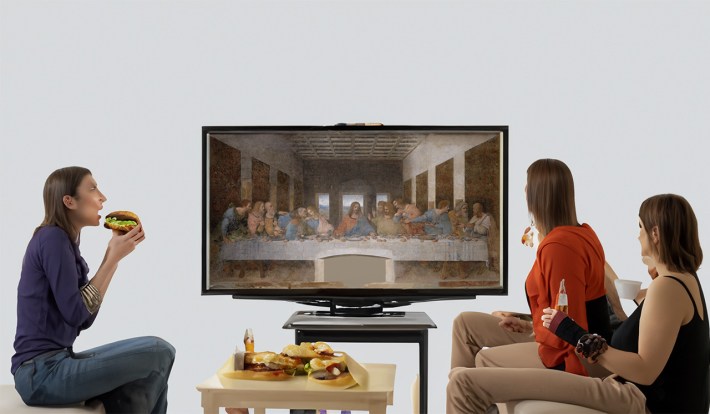
Look, I created one of those TVs that looks like a framed painting on the wall even though it absolutely still looks like a TV! What can’t generative art do? Because I am 15 years old, next I attempted to have Batman and Superman looking at The Last Supper while doing copious amounts of drugs. This proved to be a challenge because the application would not let me do anything involving cocaine, marijuana, Batman, or Superman. I settled on two nameless superheroes drinking beer.

This was pretty cool, but I had strayed pretty far from my original idea. (I will pause here to note that this sort of thing, and this type of post, is what happens when there’s an amphetamine shortage.) I decided I probably needed to crop the painting in order to get Photoshop to generate additional apostles. Unfortunately, I kept getting formless extensions of walls around the big dinner table.
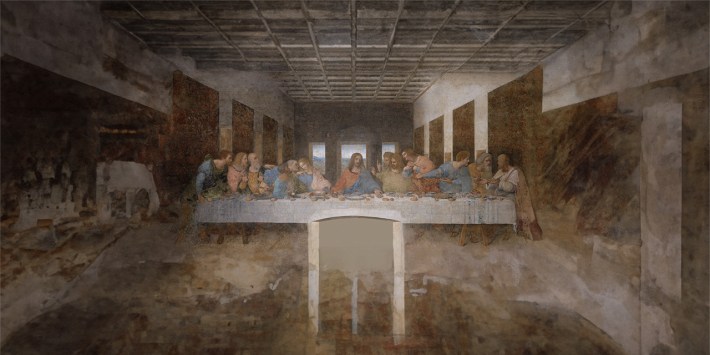
After seven or eight attempts using different inputs, I finally got somewhere: I made a big long table.

This is how I learned that generative art can create humans that dig through the uncanny valley deep into the earth’s core. Fortunately it’s kind of hard to see when da Vinci’s mural is this small. There may be 13 or 14 apostles there! This led me to the tactic that allowed me to crack this nut: Crop the painting very close to the table, even cutting off an apostle or two (sorry, Bartholomew and Simon the Zealot). Then I use the prompt “da Vinci’s last supper.”

Brilliant! Trust me, there are at least 15 new apostles there. Although doing so approached sacrilege, I have now imagined a world where da Vinci, for some reason, just invited a bunch more apostles to dinner. Maybe it’s just a look into an alternate universe where the Santa Maria delle Grazie convent is bigger and he had to fill all this space. You’d think it would be hard to get a table like this, but Jesus was a carpenter. He could have made it himself.
So that’s done—a great question of history answered. Now what if we found out what was around one of the Gross Gas photos?

Huh. A little underwhelming, to be honest. What if I told it to add more gas tanks?
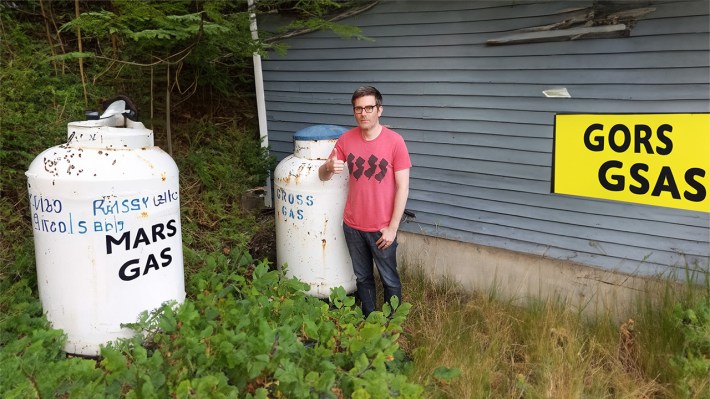
Yeah, sure. MARS GAS. This’ll do. I am convinced generative art is the future now.
